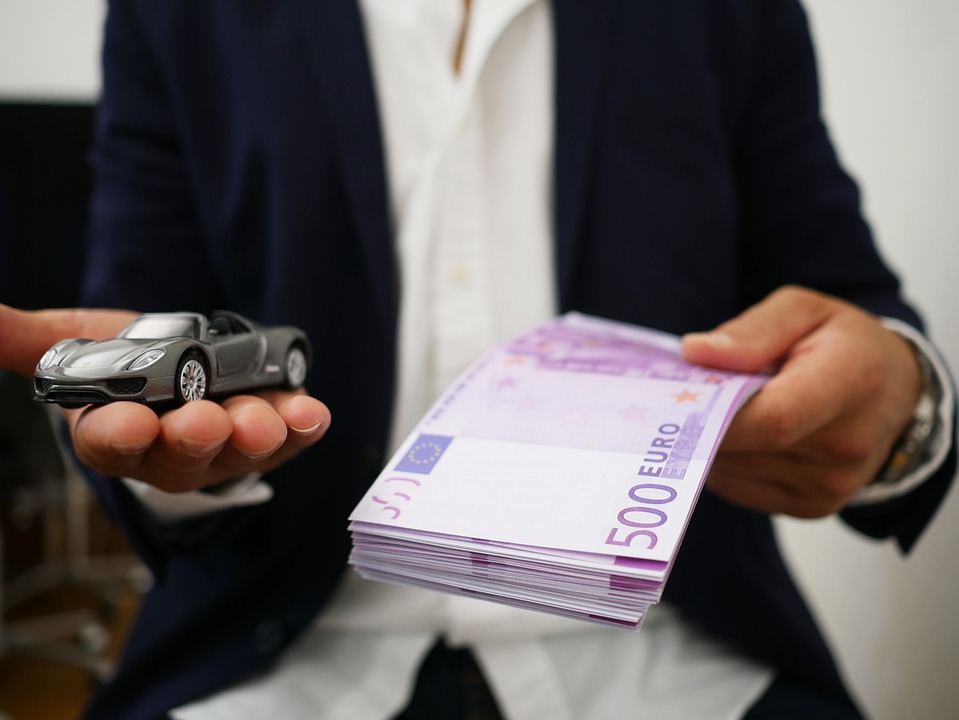The Evolution of Business Casual: How Workplace Attire Has Changed
The concept of “business casual” has transformed dramatically over the past few decades, reflecting broader societal shifts in workplace culture, values, and expectations. What began as a strict code of formal attire has evolved into a more relaxed and flexible approach to professional dress. This article explores the evolution of business casual attire, examining its origins, current trends, and future implications for workplace culture.
Origins of Business Casual
The roots of business casual can be traced back to the mid-20th century when traditional office attire was characterized by suits, ties, and conservative dresses. The rise of the corporate environment in the post-World War II era emphasized professionalism and formality. However, as the 1980s approached, a cultural shift began to occur, influenced by the tech boom and the rise of Silicon Valley.
Companies such as Apple and Google started to embrace a more relaxed atmosphere, encouraging employees to shed the stiff norms of formal business attire. This led to the introduction of business casual, which allowed for a blending of professionalism with comfort. The look typically included slacks, khakis, polo shirts, and blouses, with a departure from the traditional suit and tie.
The 1990s and 2000s: A Shift in Attire
During the 1990s and into the early 2000s, business casual became widely accepted in various industries. Major corporations began implementing casual Fridays, a trend that allowed employees to dress down at the end of the workweek. This shift not only fostered a more relaxed work environment but also promoted a sense of individuality and comfort among employees.
As the dot-com bubble burst, many companies reconsidered their dress codes, leading to a more permanent adoption of business casual. The line between formal and casual attire blurred further, as tech companies and startups set new standards in workplace dress. The emergence of remote work and flexible schedules during this time also prompted changes in how employees approached their wardrobe choices.
Modern Business Casual: A Reflection of Diversity and Individuality
Today, the definition of business casual varies widely across industries, companies, and even individual teams. Factors such as company culture, geographical location, and the nature of work contribute to the evolving standards of workplace attire. In some sectors, business casual has become synonymous with a blend of smart-casual and relaxed styles, embracing diversity and personal expression.
Women’s fashion has seen significant advancements in business casual, with a wider array of choices available, including tailored pants, stylish blouses, and fashionable shoes. Men have also embraced this evolution, moving beyond the traditional dress shirt and slacks to include options like smart casual jackets, casual shoes, and even well-fitted jeans in certain environments.
The Future of Business Casual
As we look to the future, the concept of business casual is likely to continue evolving. The rise of remote work, coupled with the increasing importance of employee well-being, suggests that workplaces may adopt even more flexible dress codes. Companies that prioritize inclusivity and diversity will likely encourage employees to express their individuality through their attire.
Moreover, as sustainability becomes a focal point in many industries, there may be a shift toward ethical fashion choices within the business casual realm. Employees might increasingly lean toward clothing that reflects their values, such as sustainable brands or second-hand options.
Conclusion
The evolution of business casual reflects a broader transformation in workplace culture, championing comfort, individuality, and inclusivity. As attitudes towards professional attire continue to shift, businesses must remain adaptable, recognizing that the way employees dress can impact morale, productivity, and overall workplace satisfaction. The future of business casual will undoubtedly be shaped by ongoing social changes, technological advancements, and the ever-evolving landscape of work.



